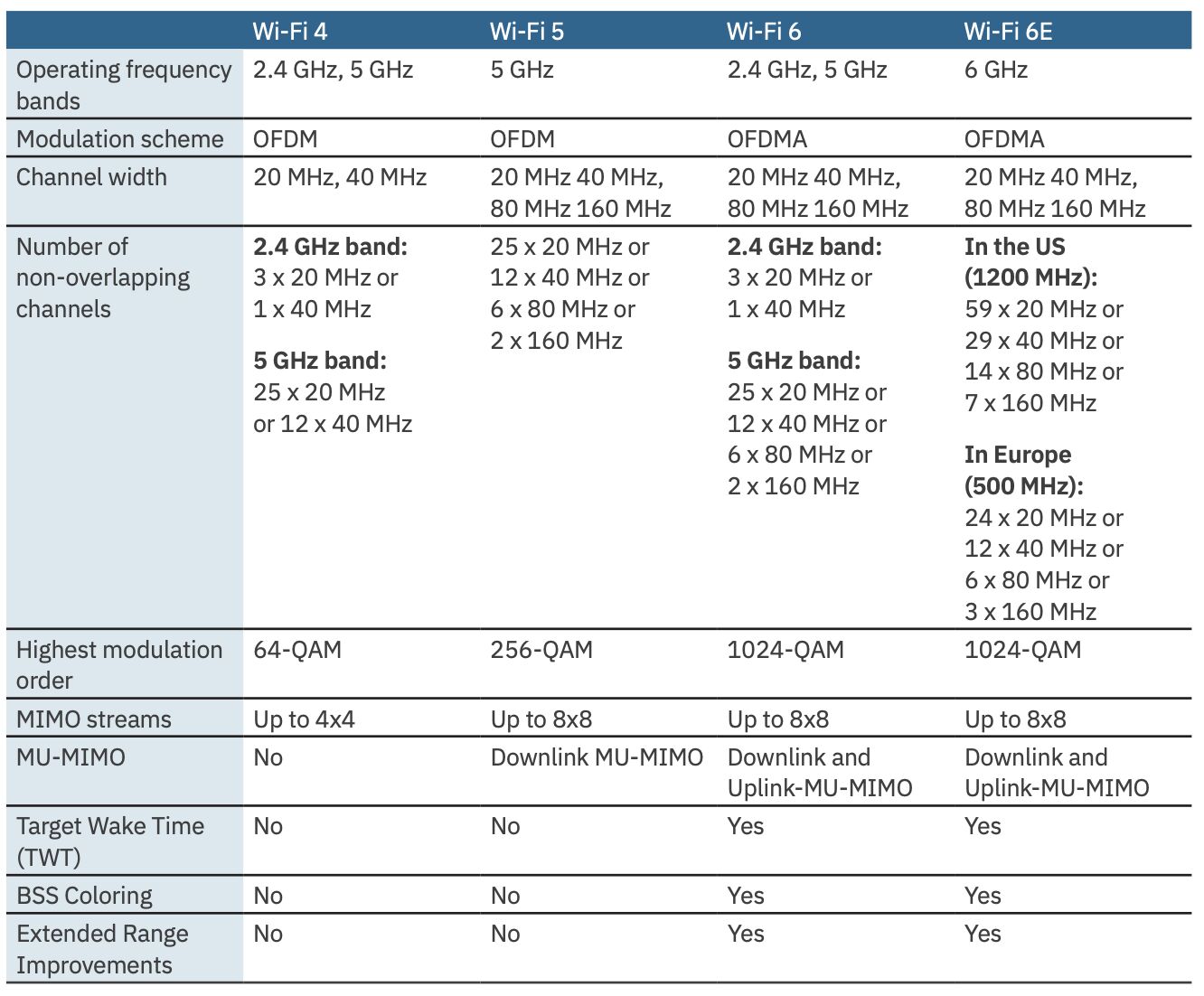Wi-Fi remains the default solution for indoor connectivity, handling the majority of data traffic across smartphones, tablets, and IoT devices. According to the UK telecoms regulator Ofcom, in its 2022 annual report, more than 70% of mobile device connections in 2021 occurred over Wi-Fi, and most broadband traffic in the UK took place indoors.
Coverage Perspective: 6 GHz vs 5 GHz
With the introduction of the 6 GHz Wi-Fi band (Wi-Fi 6E and Wi-Fi 7), many have wondered about its indoor coverage capabilities compared to 5 GHz. Interestingly, in most indoor deployments, the range difference between 6 GHz and 5 GHz is not a significant concern — and here’s why ?

1️⃣ Minimal Path Loss Difference
6 GHz signals do experience slightly higher free-space path loss than 5 GHz — typically 1 to 1.5 dB more per meter. However, in real indoor environments, this difference is overshadowed by obstacles such as walls, floors, and furniture.
-
For instance, a single wall can add 5–15 dB of loss, far more than the slight incremental difference between 5 GHz and 6 GHz.
-
As a result, both bands tend to behave similarly in practice for indoor coverage.
2️⃣ Power Regulations Help Balance the Difference
Many 6 GHz Wi-Fi devices operate with EIRP (Equivalent Isotropic Radiated Power) similar to or slightly higher than that of their 5 GHz counterparts — depending on the regulatory domain (e.g., UK, EU, US). This compensates for the modest extra path loss seen at 6 GHz, maintaining a comparable coverage footprint.
Capacity: Where 6 GHz Truly Shines
While the coverage difference may be slight, the capacity gains of the 6 GHz band are transformational.
-
Massive Spectrum Expansion: The 6 GHz band adds 1200 MHz of new spectrum — more than double the total available in both 2.4 GHz and 5 GHz combined.
-
Higher Throughput, Lower Latency: It supports up to seven 160 MHz channels, enabling ultra-fast, low-latency connections — ideal for 4K/8K streaming, AR/VR, and high-density enterprise environments.
-
Cleaner Airwaves: Because only the latest Wi-Fi 6E and Wi-Fi 7 devices can access the 6 GHz band, it is currently less congested, resulting in a cleaner, more efficient spectrum environment.
A Note on Compatibility
To fully leverage the benefits of 6 GHz, both the access point (AP) and the connected device must support the same Wi-Fi generation and the 6 GHz band. Without that, the device will automatically fall back to 2.4 or 5 GHz operation.
In Summary
From a coverage standpoint, 6 GHz performs similarly to 5 GHz indoors. But from a capacity and performance perspective, 6 GHz is a game-changer, unlocking the next era of high-speed, low-latency Wi-Fi experiences.
